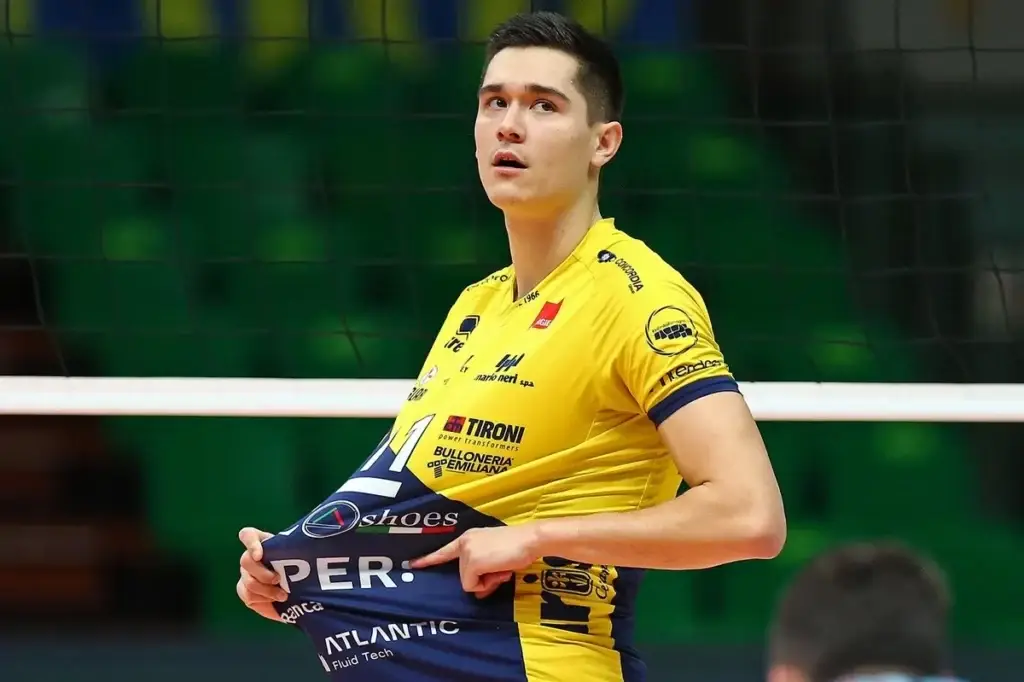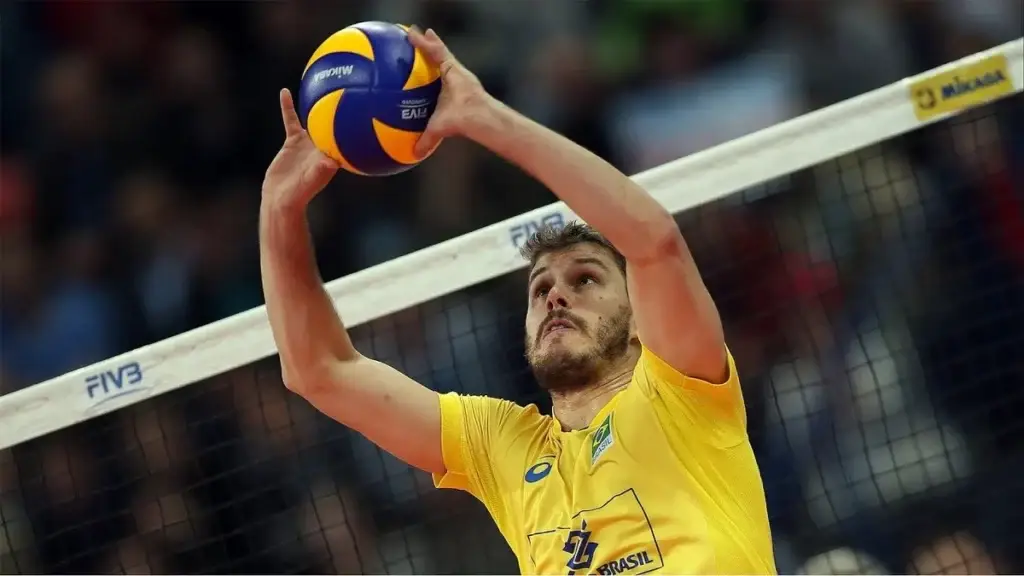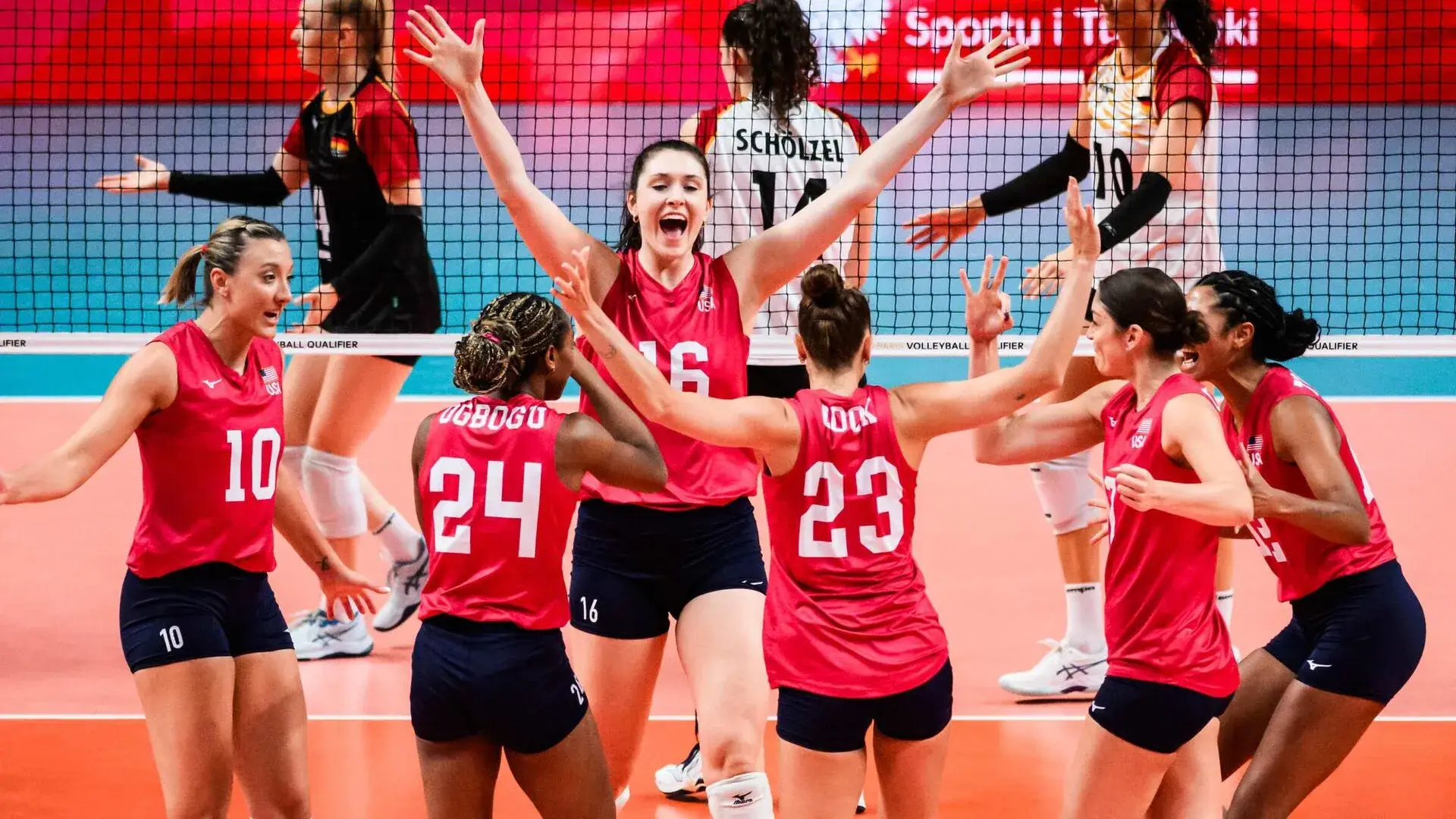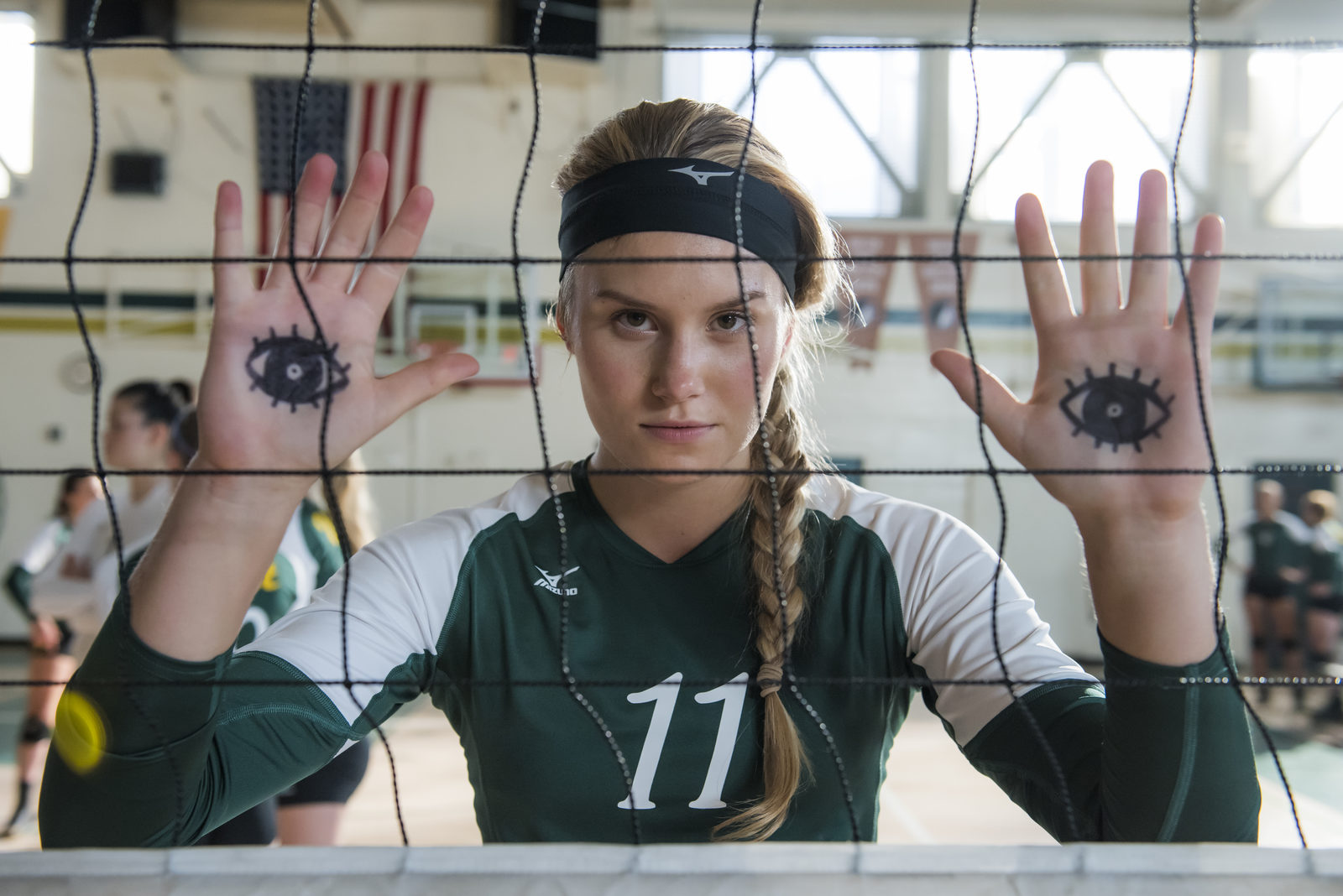Modern volleyball continues to captivate spectators with its incredible dynamism, teamwork, and a high level of professionalism. The best male volleyball players set the standards that players around the world strive for. In 2025, volleyball stars demonstrated skill, strength, and team spirit, winning the recognition of fans and experts. This ranking includes nine outstanding athletes whose achievements have shaped the history of the sport.
Wilfredo Leon: The Ultimate All-Arounder
Wilfredo Leon remains an outstanding world-class player who has made a significant contribution to the development of the discipline. Born in Cuba in 1993, Leo showed early talent when he began his career in Santiago de Cuba. At the age of 17, he became captain of the national team, with which he won silver at the 2010 World Championship. In 2015, the athlete obtained Polish citizenship and began playing for the Polish national team, which he transformed into one of the strongest in the world. On the 2025 list of men’s volleyball players, Leon exemplifies a versatile player who is equally effective on offense, defense, and serving.

Style Characteristics:
- Leon’s unique ability to adapt to any game pace allows him to play key positions on the team.
- His offensive output is around 600 points per season, which is normal for outside hitters.
- The Leon’s top speed is 120 km/h, making it one of the most powerful models, but not a record-breaking one.
Maxim Mikhailov: Leader of the Russian Team
Maxim Mikhailov continues to delight volleyball fans with his unique style and consistently high scores. The volleyball player was born in St. Petersburg in 1988 and began his professional career at the age of 17. His successful performances with Zenit Kazan became the foundation of his international fame. The athlete became the most productive player in the Champions League, scoring 250 points in the tournament. Thanks to his versatility and ability to decide the outcome of matches, Mikhailov holds an honorable place among the best male volleyball players.
Special Characteristics:
- High attack success rate – 65% per season.
- Efficient blocks and precise serves.
- Excellent interaction with teammates.
Ervin Ngapeth: The Stage Performer
Frenchman Earvin Ngapeth remains a symbol of creativity and unpredictability on the court. Born in Saint-Raphaël, France, in 1991, he demonstrated a love of the sport from a young age. In 2024, Ngapeth once again demonstrated his high quality, becoming the Nations League’s best striker.
Impact on the Game:
- Ngapeth is known for his spectacular attacks and unconventional game decisions.
- He scored 27 points in the final of the 2023 European Championship, securing the French team’s victory.
Achievements:
- Olympic Gold in 2021.
- The highest score in a single Italian league match was 32 points.
Bruno Resende: The Brain of the Team
Bruno Resende, known as one of the most successful setters in volleyball history, remains the undisputed leader of the Brazilian national team. Born in Rio de Janeiro in 1986, the athlete followed in the footsteps of his father, the legendary volleyball player Bernardinho, at a young age. Due to his intellectual vision of the game, his name is loudly heard in lists of the best male volleyball players.
Style Traits:
- Exceptional ability to read the opponent’s game.
- High passing accuracy allows partners to launch attacks with minimal errors.
- Leadership qualities that motivate the team.
In 2024, Bruno completed nearly 1,300 successful passes in the Champions League, one of the best numbers of the tournament.
Micah Christenson: American Reliability
 Mika Christenson has developed into one of the most consistent and versatile setters in world volleyball. He was born in Honolulu, Hawaii, in 1993 and began his professional career at the University of Southern California. His ability to maintain focus even in difficult situations has secured him a place among the best male volleyball players.
Mika Christenson has developed into one of the most consistent and versatile setters in world volleyball. He was born in Honolulu, Hawaii, in 1993 and began his professional career at the University of Southern California. His ability to maintain focus even in difficult situations has secured him a place among the best male volleyball players.
Special Characteristics:
- High passing accuracy, which ensures successful attacks from his partners.
- Exceptional coordination, which makes him effective on the block.
- Ability to organize team play, even in difficult situations.
Bartosz Kurek: Polish Star
Bartosz Kurek represents the young generation of Polish volleyball players who have already reached remarkable heights. In 2024, he was the top scorer in the Champions League with 850 points. Kurek demonstrates a high level of play in attack and on the block, making him an important factor in the success of the Polish national team.
Unique Moments:
- In one of the Champions League matches, he scored 50 points, setting a personal best.
- His quick reflexes and powerful serve made him one of the most productive players of the season.
Ivan Zaitsev: Italian Legend
Ivan Zaitsev remains among the world’s most famous male volleyball players. Born in Perugia, Italy, in 1988, he began his professional career at Lube Civitanova. In 2024, he finished the season with 580 points, demonstrating consistency and experience.
Special Features:
- Unique feed with speeds of up to 135 km/h (recorded in 2018).
- High percentage of successful attacks – 65% per season.
- Ability to make difficult decisions at critical moments.
Nishida Yuji: Japanese Phenomenon
Nishida Yuji amazes the world with his incredible jumping ability and speed. The athlete was born in Japan in 2000 and demonstrated outstanding skills at a young age. In 2024, he became the Japanese league’s top scorer with 680 points in a single season.
Characteristics:
- Jumps up to a height of 3.4 meters.
- Quick reactions that allow him to launch a successful attack in any situation.
- Precise serves that earn the team up to 8 points per game.
Bruno Resende: Master of Precise Passes
Bruno Resende, known as Bruninho, is the epitome of a left-handed player. The athlete was born in Rio de Janeiro in 1986 into the family of legendary coach Bernardinho. His career began at a young age, and within a few years, he became a key player for the Brazilian national team. Bruno is regularly ranked among the best male volleyball players due to his strategy and ability to adapt to changing playing conditions.
Tactical Mastery:
- High percentage of accurate passes, reaching 85% per season.
- Bruno’s exceptional understanding of the game allows him to direct his team’s attack with maximum efficiency.
- The ability to find weaknesses in the opponent’s defense and adapt to changes.
Key achievements:

- Gold medal at the Rio Olympic Games (2016).
- South American champion (2024).
- Record 75 passes in the Nations League semifinals.
Conclusion
 Each of the top nine male volleyball players in this ranking contributed to the development of the team discipline, demonstrating a high level of skill, strength, and coordination. Their achievements inspire new generations of athletes and raise the level of world volleyball to new heights.
Each of the top nine male volleyball players in this ranking contributed to the development of the team discipline, demonstrating a high level of skill, strength, and coordination. Their achievements inspire new generations of athletes and raise the level of world volleyball to new heights.
 en
en  de
de  ar
ar  es
es  hi
hi  fr
fr  nl
nl  it
it  pt
pt  el
el 










